[#Photography Tips & Info] Wide-Angle Versus Telephoto
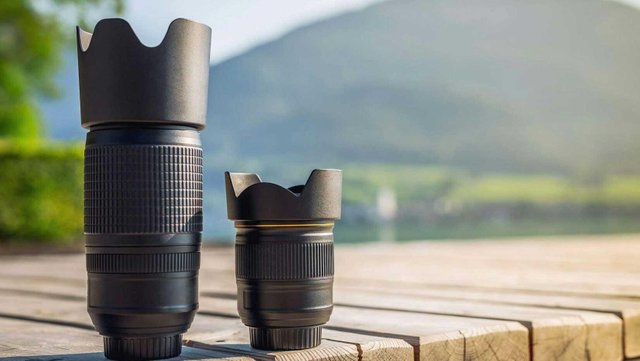
It very well may overpower for any amateur to choose their first focal point/lenses from the wide assortment of decisions accessible for each brand of camera. The straightforward arrangement is normally to on go for a decent walkaround focal point that offers a decent central range that suits nearly every sort of photography, yet once you gain understanding and start to want to grow your rigging, you'll in the end need to consider focal points that offer "outrageous" central lengths.
Both wide-point and fax (or zoom) focal points are significant to picture takers for offering fields of perspectives that we can't see with the human eye. Their names are entirely simple, yet once you've moved up to a DSLR or mirrorless camera that allows you to shoot reciprocally with the two kinds of focal points, you'll understand that they do as such significantly more than offer two distinct fields of view.
In case you're occupied with discovering which sort of focal point you should add to your rigging pack, it adapts more about how they function and see the sorts of pictures they are fit for delivering. At the point when used further bolstering your advantage, one or the two focal points can enable you to wind up a more proficient and fruitful picture taker.
Wide-Angle Lens
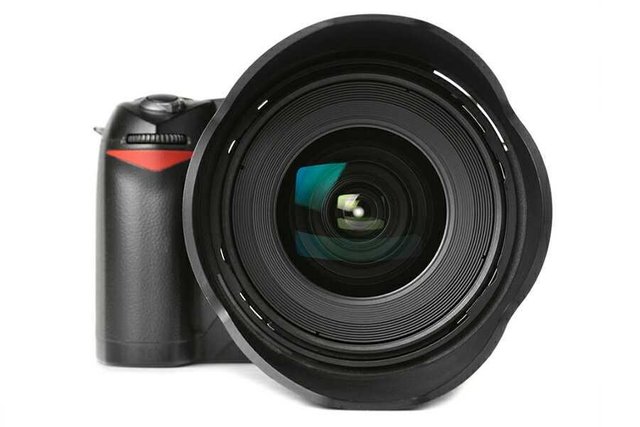
As the name suggests, wide-point lenses offer a more extensive edge of perspective of 64° to 180°. Compatible wide-point focal points have shorter central lengths set apart as littler numbers — 34mm and beneath, where the field of view begins getting to be more extensive than what "ordinary" focal points offer.
When shooting more extensive with an all inclusive edge or fisheye focal point at central lengths more extensive than 14mm, the picture begins to wind up mutilated at the outside edges of the casing. This kind of focal point can make exceptional pictures, in spite of the fact that not all picture takers can profit by utilizing a wide-edge focal point because of the mutilations that it makes.
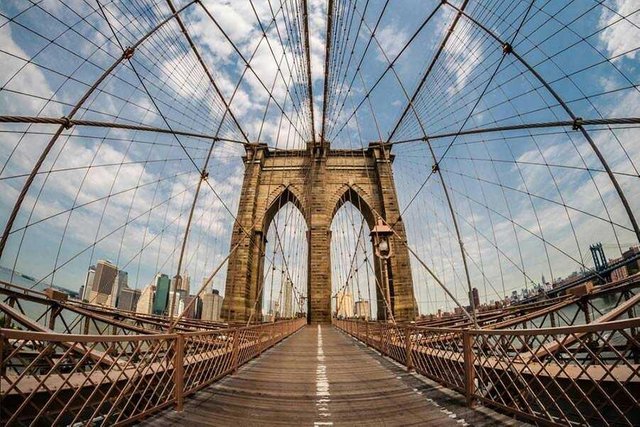


As should be obvious, wide-edge focal points acquire a greater amount of the scene, which can be exceptionally helpful when you need to incorporate more components into the casing, include setting, and give a domain to your subject.
You'll likewise see that the focal point of the picture looks a lot further away when shooting starting from the earliest stage, in an overstated viewpoint that includes profundity and gives your watchers more to take a gander at.
With the edges of the casing extended, lines and skylines wind up looking bended. This bending doesn't generally look great, especially when shooting representations, so it's imperative to know when you ought to and shouldn't utilize it.
At the point when to Use a Wide-Angle Lens
- Catch a table loaded with food or assemble shots in limited spaces.
- Show a whole room for real bequest photography.
- Make pictures and recordings look more vivid (utilizing activity cameras with worked in wide point lenses).
- Take photographs of structures for outdoor design photographyPhotograph skyscapes, cityscapes, and wide all encompassing scenes (if its all the same to you the distortion).
- Conveniently take selfies without getting trimmed out.
- Create artistic and unique pictures, particularly with fisheye lensesIncrease the visual separation between your subject from the foundation.
Zooming Lens
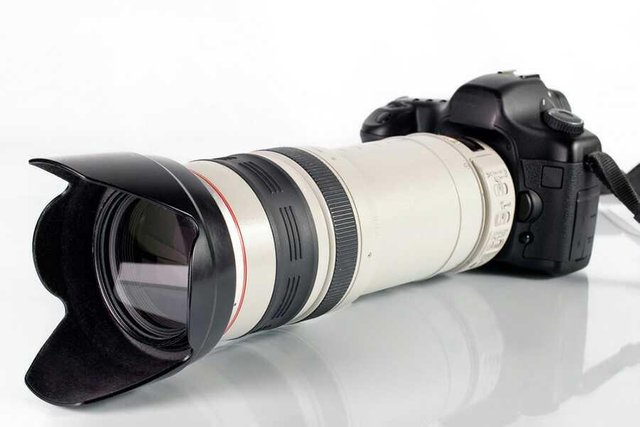
Zooming focal points, then again, have longer central lengths and are extraordinary for bringing far off scenes and subjects nearer. Like wide-edge focal points, they come in both prime (settled central length) and zoom assortments.
The expression "telephoto" is additionally a general term to depict focal points with central lengths that make a tight field of view past 80mm, yet they are separated into three classifications:
- Short Telephoto – Ranges from 85mm to 135mm and are incredible for regular use as they are minimal and lightweight.
- Medium Telephoto – Bigger, longer, and heavier as they offer central lengths between 135mm to 300mm.
- Super Telephoto – With central lengths going past 300mm, this sort of zooming focal point offers telescope-like amplification and are too overwhelming for handheld shooting.
Tragically, the more drawn out the central length, the darker your picture gets. To tackle this, some higher-end zooming focal points are coordinated with a more extensive most extreme gap or iris opening to enable all the more light to enter the focal point.
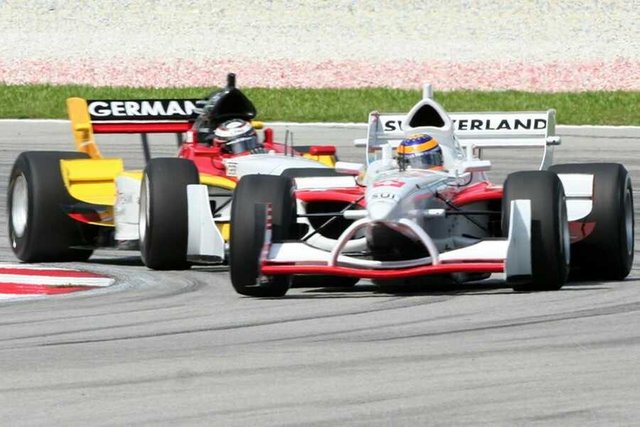
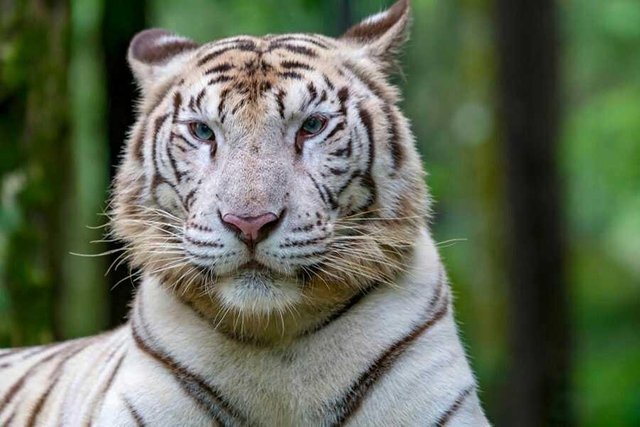

Beside having the capacity to "zoom in" with the optics instead of carefully where just the pixels on the screen are amplified, zooming focal points influence the overall size of your subject to the foundation and packs them together, making your experience look greater and closer to your subject—as though your subject is inclining toward the foundation.
At the point when matched with a shallow profundity of field, this pressure will give you greater and smoother-looking bokeh than if you were utilizing a wide-edge focal point. This cool strategy can be valuable when you need to carry your experience into the shot while successfully featuring your subject with core interest.
At the point when to Use a Telephoto Lens
The most clear purpose behind utilizing a zooming focal point is the need to get in on the activity and "draw nearer" to the scene without really drawing nearer. In any case, given its heavier form, not every person can utilize and bear the cost of medium to super zooming focal points. So before you put resources into a zooming focal point, make sense of regardless of whether the accompanying mirrors your photographic objectives:
- Shoot from the sidelines at games events.
- Cover occasions where you will require to capture key moments without aggravating the minute or squandering valuable time in battling your way through groups and deterrents just to get that ideal shot.
- Do professional wildlife and nature photography.
- Try your hand at astrophotography.
- Capture glorious pictures of the moon up close.
- Decrease the visual separation between your subject from the background.
- Produce better-looking bokeh
Wide versus Zooming Lens
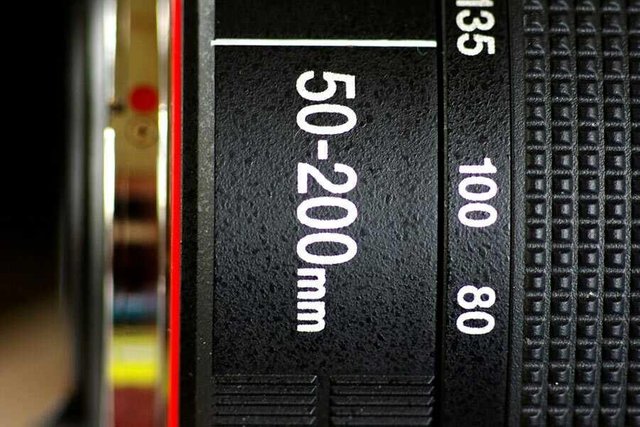
In the wake of finding out about the special impacts that wide-edge and zooming focal points can create, you'll understand that the focal points shouldn't be mistaken for one another. With regards to picking between the two, it descends to your particular requirement for a zoomed-in fax versus wide-edge viewpoint.
Concerning settling on the explicit central range, you should acquire involvement in shooting at various central lengths. Having the capacity to see the assortment of coming about edges of view for yourself is extremely the most ideal approach to pick immaculate focal points that will be useful for your picked kind of photography.
Photo Source : www.google.com
Regards
@SaDiYaLoVeR